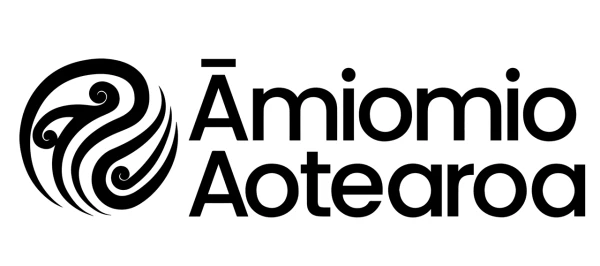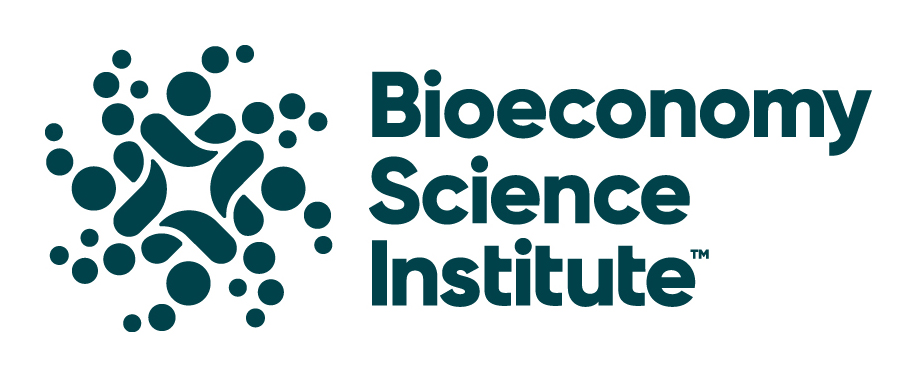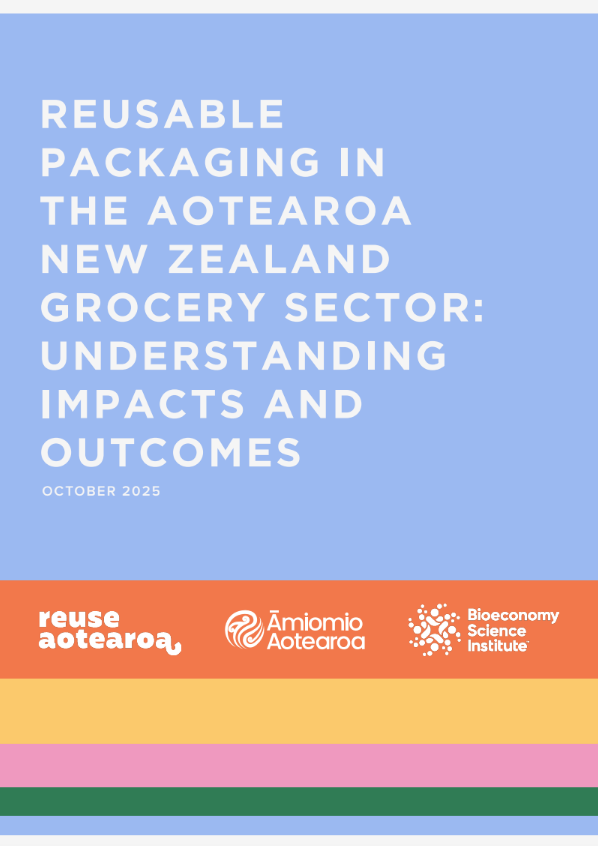Reusable packaging in the Aotearoa New Zealand Grocery Sector:
Understanding impacts and outcomes
OCTOBER 2025
About this report
This report was jointly authored by researchers from Reuse Aotearoa, Āmiomio Aotearoa, and the Bioeconomy Science Institute. The research focused on designing and applying a methodology to measure the impacts and outcomes of reusable packaging systems for grocery items in Aotearoa New Zealand. Using a mixed-methods quantitative and qualitative approach, the research explored the performance of reusable and single-use packaging against seven environmental/health, socioeconomic and cultural indicators. The indicators and methods were developed through a literature review, and a kaupapa Māori research project into the relationship between reuse and te ao Māori. They were then tested by applying them to six focus products available in both single-use and reusable packaging systems in the Aotearoa New Zealand grocery market (milk, toothpaste, pumpkin seeds, oats, olive oil and dishwashing liquid). Data was gathered using interviews with retailers and producers/suppliers, customer surveys, site visits and desktop research.



The full report
The study found that reusable packaging systems almost always reduce packaging use, plastic use, and waste compared to single-use systems. However, products in reusable packaging systems are often more expensive and less available than single-use packaged counterparts, mostly due to systemic issues, e.g. the groceries market and the waste/recycling system. Reusable packaging systems are more labour intensive than single-use packaged products, which has job creation benefits, but may increase costs. Reusable packaging systems can help foster community wellbeing and engagement through supporting local businesses, food production and resilience. However, cultural considerations and the human health risks associated with different packaging materials are not front of mind for most businesses when they design their packaging systems (whether single-use or reuse). The report recommends:
- All producers, suppliers and retailers improve data capture and reporting on packaging consumption and real-world reuse and recycling rates.
- More specialist research to quantify food waste impacts and job creation impacts of different packaging systems, and to assess and mitigate for potential human health risks associated with different packaging materials in single-use and reusable systems.
- Economic and regulatory instruments to support and grow reusable packaging systems to increase their adoption, including regulated product stewardship with in-built reuse outcomes.
- Efforts to increase the performance of existing reusable packaging systems to lift reuse and refill rates.
- Sustainability and packaging considerations factored into studies of the impact of the supermarket duopoly and into mitigation measures.
- Increased public communication about alternative grocery packaging systems based on reuse, and their potential positive impacts.
Acknowledgements
The report is a research output of Āmiomio Aotearoa: A circular economy for the wellbeing of New Zealand, which was funded by the Ministry for Business, Innovation and Employment’s Endeavour Fund (#UOWX2004).
The report was co-authored by Hannah Blumhardt (Reuse Aotearoa), Gradon Diprose (Bioeconomy Science Institute), Eva Collins (Āmiomio Aotearoa), Matt Peryman (Reuse Aotearoa), and David Worden (Bioeconomy Science Institute). Graphic design by Britte van der Pouw (From the Peacock).
We are extremely grateful to our research participants for their time, reflections and in many cases, deep commitment to reducing the socio-environmental costs of unnecessary packaging and waste.
To cite this report: Hannah Blumhardt, Gradon Diprose, Eva Collins, Matt Peryman, and David Worden. 2025. ‘Reusable Packaging in the Grocery Sector: Understanding Impacts and Outcomes’. Āmiomio Aotearoa and Reuse Aotearoa.

